The clawhammer banjo, with its distinctive rhythm and sound,is a favorite instrument in traditional American music. Its unique playing style, characterized by a down-picking motion, sets it apart from other stringed instruments. This guide aims to provide beginners with the fundamental techniques required to play the clawhammer banjo, setting the foundation for further musical exploration and creativity. Whether you’re new to playing musical instruments or an experienced musician looking to explore the banjo, this guide will be your stepping stone towards mastering the art of performing banjo with a mallet.
What is the ‘Basic Clawhammer Stroke’?
The ‘Basic Clawhammer Stroke’, also known as the ‘bum-ditty’ rhythm, forms the bedrock of clawhammer banjo playing. It involves a blend of striking (down-picking the strings), brushing (strumming more than one string), and pulling off or hammering on (creating notes with your fretting hand). This stroke is executed in a continuous and flowing rhythm, creating the unique syncopation that defines the clawhammer style. The process occurs in a cyclical pattern: strike (hitting a single string), strum (hitting multiple strings), and pluck (popping a string with your thumb), which is often performed on the offbeat. This fundamental stroke lays the groundwork for the more complex rhythms and techniques in clawhammer banjo playing.[1]
The Shape of the Picking Hand
The Strike
The ‘Strike’ is the crucial first step in mastering the essential ‘bum-ditty’ beat of clawhammer banjo playing. This term specifically refers to the deliberate down-picking motion that your banjo playing finger, usually pointer or medium finger, makes on the strings. To execute a proper ‘Strike’, it is important to hold your hand in the distinctive clawhammer shape and aim precisely for a single string with the back of your nail. Remember, the motion should originate from your wrist, not your fingers, creating the image of your hand as a pendulum, swinging freely and naturally. The art of striking should be both rhythmic and consistent, resulting in a clean and clear note with each stroke. This fundamental action must be practiced diligently until it becomes second nature, as the ‘Strike’ serves as the solid foundation for the intricate rhythmic patterns that characterize the captivating clawhammer style.
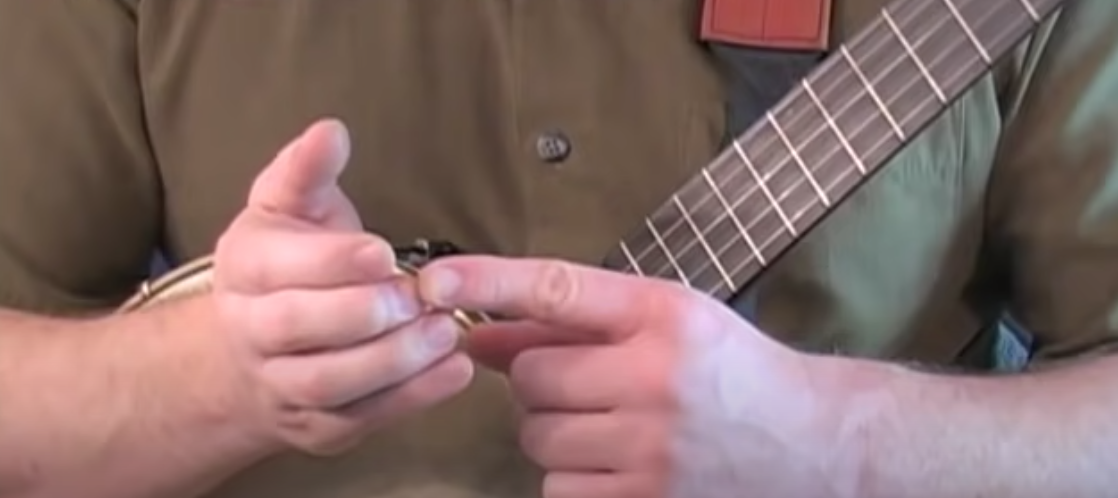
The Strum
Following the ‘Strike’, which is the initial step in the ‘bum-ditty’ rhythm of clawhammer banjo playing, comes the ‘Strum’. This is where the rhythmic harmony of the technique truly comes to life. To execute the strum, after striking a single string with your finger, let it smoothly continue downwards, brushing against two or three more strings. This fluid and natural motion seamlessly extends from the strike, making the strum an integral part of the overall action rather than a separate movement. As you strum, the music gains richness and depth, filling in the melody and bringing a captivating dynamic to your playing. Dedicate time to practicing this combination of strike and strum, until you can seamlessly and rhythmically transition between the two, creating a flowing and dance-like pattern of sound. Always remember, in clawhammer banjo playing, the emphasis is not only on individual notes but also on rhythm and feel, which together make for a really magical musical journey.
The fifth string
The fifth string, also referred to as the ‘drone string’, plays a distinctive and vital role in clawhammer banjo playing. Unlike other stringed instruments, the banjo’s fifth string is notably shorter in length and starts from the fifth fret, creating a unique tonal quality. It produces a high, unwavering pitch that serves as a foundation, underlining and harmonizing with the melody. In the captivating clawhammer style, the thumb often plucks this fifth string on the offbeat, imparting a characteristic rhythm and lively bounce to the music. This rhythmic ‘thumbing of the fifth’ is typically executed after the ‘strum,’ thereby completing the delightful cyclical ‘bum-ditty’ rhythm. It’s essential to devote sufficient practice time to master the precise timing of the thumbing technique, for it can significantly influence the overall feel and rhythm of your playing. Remember, the fifth string should be regarded as an indispensable component of your clawhammer technique, effortlessly blending rhythm and melody to enhance the unique sound of your banjo.[1]
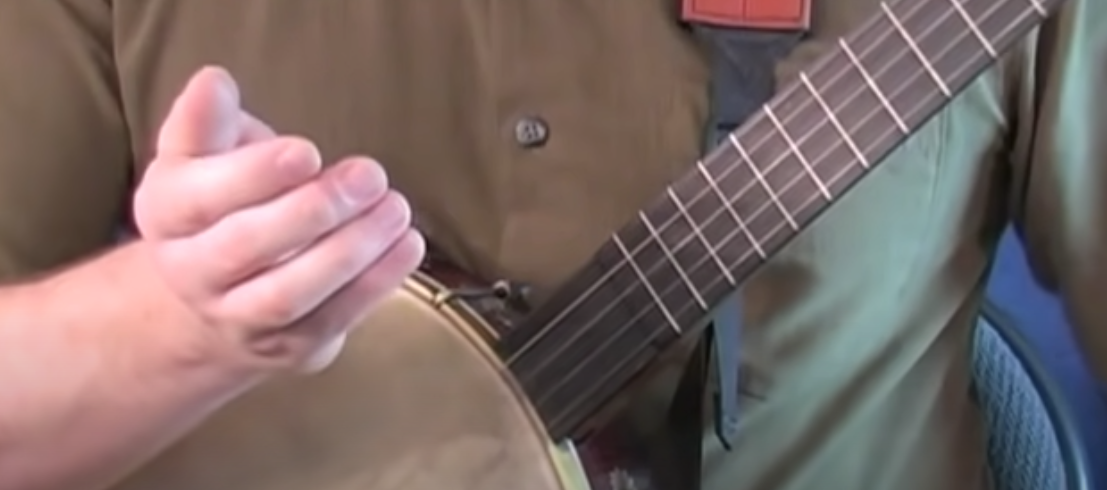
The Hammer and the Strum
Beyond the foundational ‘bum-ditty’ rhythm, two additional techniques play a pivotal role in the art of clawhammer banjo playing: ‘Hammering’ and ‘Pulling’. ‘Hammer-On’ method includes striking a string and swiftly pressing a finger onto a higher fret on the same string, effectively creating two distinct notes with a single strike. Conversely, the ‘Pull-Off’ technique acts as the mirror image of the ‘Hammer-On’. After engaging a fretted string, promptly lift your finger off the fret, resulting in a second, lower note. These techniques introduce captivating variations to your playing, empowering you to craft intricate melodies and rhythmic patterns while steadfastly maintaining the ubiquitous ‘bum-ditty’ rhythm. As with the fundamental clawhammer stroke, attaining mastery in these techniques necessitates dedicated practice. Commence at a measured pace, prioritizing accuracy over speed, and gradually augment your tempo as you grow more at ease with the movements. Always bear in mind that fluidity and rhythm are the quintessential traits that define the clawhammer style.[2]
The Basic Clawhammer Rhythm
The ‘bum-ditty’ rhythm is the heartbeat of clawhammer banjo playing. This fundamental rhythm consists of three distinct parts: the ‘strike,’ where a single string is struck with the playing finger; the ‘strum,’ which involves strumming across multiple strings immediately after the strike; and the ‘pluck,’ where the fifth string is plucked with the thumb to complete the sequence.
To truly master clawhammer banjo playing, it is crucial to devote ample practice time to perfecting this rhythm. By doing so, you lay a solid foundation for exploring the various variations and complex techniques that can be incorporated into your clawhammer banjo repertoire. So, embrace the ‘bum-ditty’ rhythm and let it guide you on a musical journey filled with creativity and expression.[2]
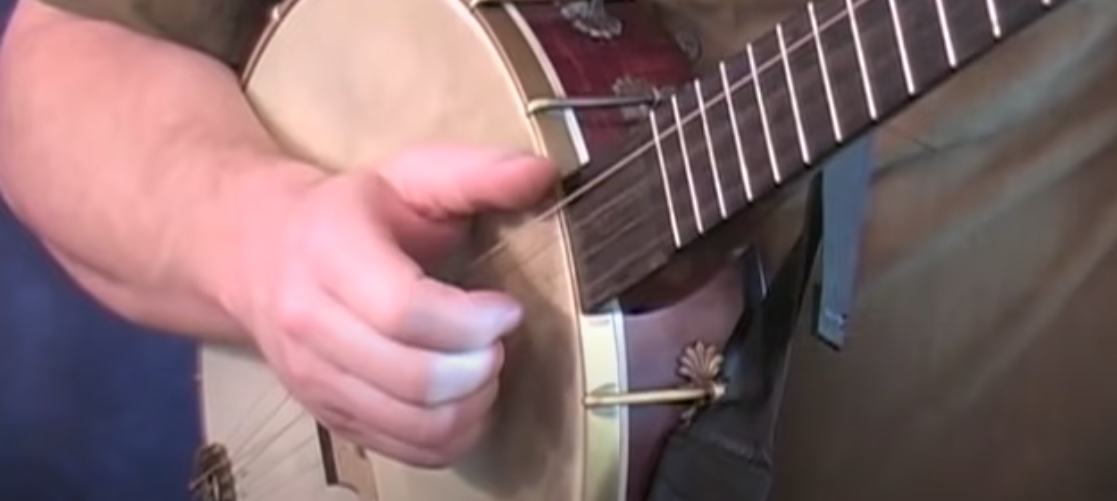
FAQ
Is clawhammer banjo hard to learn?
Learning the clawhammer banjo can indeed present challenges, as it requires a specific hand positioning and rhythm technique that is unique to this style of playing. Beginners might find it difficult initially to maintain the steady ‘bum-ditty’ rhythm while also managing the intricate finger movements of the ‘strike’, ‘strum’, and ‘pluck’. Moreover, techniques like the ‘Hammer-On’ and the ‘Pull-Off’ require precise timing and dexterity.
To master the clawhammer banjo, it’s important to understand the nuances of this traditional Appalachian playing style. The clawhammer technique involves striking the strings with the back of your fingernail or a thumb pick, creating a distinctive rhythmic sound. It’s a rhythmic and melodic dance between your picking hand and fretting hand, where the thumb provides the driving force while the other fingers add accents and melody.
As you dive deeper into the world of clawhammer banjo, you’ll discover the rich history and cultural significance behind this music style. It has roots in African and Irish traditions, blending together to create a unique and soulful sound. By learning this style, you not only develop your musical skills but also become part of a vibrant community of banjo enthusiasts.
However, with consistent practice, patience, and dedication, mastering the clawhammer banjo is certainly attainable. Remember, it’s not just about speed, but also about accuracy and feel. Start slow, allow yourself to make mistakes, and gradually you’ll see progress. Embrace the journey of learning this beautiful, rhythmic music style, and you’ll be rewarded with a deep sense of accomplishment and the ability to create captivating music that resonates with both yourself and others. The rewards of learning the clawhammer banjo are truly worth the effort.
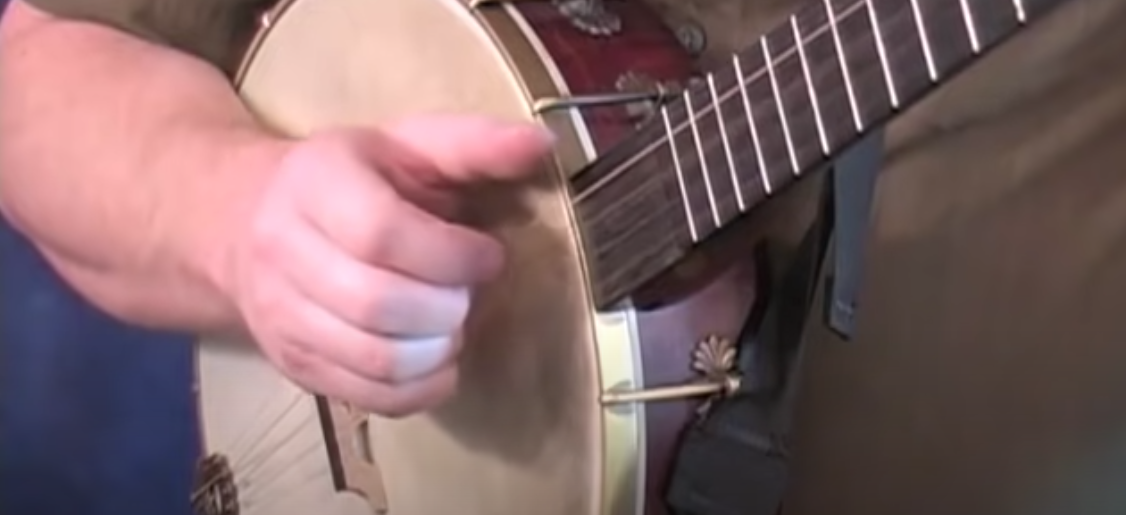
How to play the banjo with a clawhammer?
Playing the banjo with a clawhammer style requires mastering a sequence of steps and understanding the banjo’s unique rhythm and feel. Here are the steps to follow:
- Position your hand: The name ‘clawhammer’ comes from the shape your hand should make when playing. Your hand should resemble a claw, with your fingers slightly curled as though holding an imaginary ball. This hand position allows for better control and precision while playing.
- Master the ‘Strike’: This technique involves down-picking a single string with the back of your nail. The motion originates from the wrist, not the fingers, and should be rhythmic and consistent. The strike is the foundation of the clawhammer style, producing a rich and percussive sound.
- Learn the ‘Strum’: After striking a single string, continue the downward motion to strum against two or three more strings. This action should be fluid, simply an extension of the strike motion. The strum adds depth and complexity to your banjo playing, creating a fuller sound.
- Thumbing the Fifth String: Also known as the ‘drone string’, the fifth string adds rhythm and bounce to the music. The thumb often plucks this string on the offbeat, after the ‘strum,’ to complete the ‘bum-ditty’ rhythm. Experiment with different thumb placements and timings to find the right balance.
- Practice the ‘Hammer-On’ and ‘Pull-Off’ techniques: These techniques involve creating two notes with a single strike, adding variations to your playing and maintaining the steady ‘bum-ditty’ rhythm. The hammer-on is achieved by pressing a finger onto a string after striking it, creating a higher pitch. The pull-off, on the other hand, is the release of a finger from a string to produce a lower pitch.
- Develop the ‘bum-ditty’ rhythm: This is the basic rhythm of clawhammer banjo playing and comprises a ‘strike,’ ‘strum,’ and ‘pluck’ sequence. The ‘bum’ represents the strike, the ‘ditty’ stands for the strum, and the pluck refers to thumbing the fifth string. Practice this rhythm pattern until it becomes second nature, allowing you to play effortlessly.
Remember, learning to play the banjo with a clawhammer style requires patience and practice. It may seem challenging at first, but with dedication, the process will become more natural, and you’ll be able to create beautiful and rhythmic music that captures the essence of this unique playing technique.
Is clawhammer easier than scruggs?
The ease of learning clawhammer versus Scruggs style on the banjo often depends on personal preference and the type of music you wish to play. Some players find the rhythmic simplicity of the clawhammer technique easier to grasp, with its repetitive ‘bum-ditty’ pattern and emphasis on rhythm over melody. The clawhammer style allows for a more percussive and rhythmic approach, creating a driving and earthy sound that is well-suited for traditional folk and old-time music.
On the other hand, the Scruggs style, characterized by roll patterns and intricate fingerpicking, can offer more melody and harmonic complexity. This style allows for the creation of intricate melodic lines and the incorporation of more advanced techniques such as slides, bends, and hammer-ons. However, the Scruggs style may require more initial effort to learn due to the complexity of the fingerpicking patterns and the need for precise coordination between the thumb and fingers.
It is worth noting that the Scruggs style usually requires the use of fingerpicks, which can be an additional factor to consider. These metal or plastic picks are worn on the fingers to enhance the volume and attack of the banjo strings, but they can take some getting used to and may require adjustments to technique and playing style.
Ultimately, neither style is categorically easier or harder—it boils down to your musical inclinations, patience, and dedication to practice. Some players may find the rhythmic simplicity of clawhammer more appealing, while others may be drawn to the melodic possibilities of Scruggs style. The key is to explore both styles, experiment with different techniques, and find the approach that resonates with your musical goals and preferences.
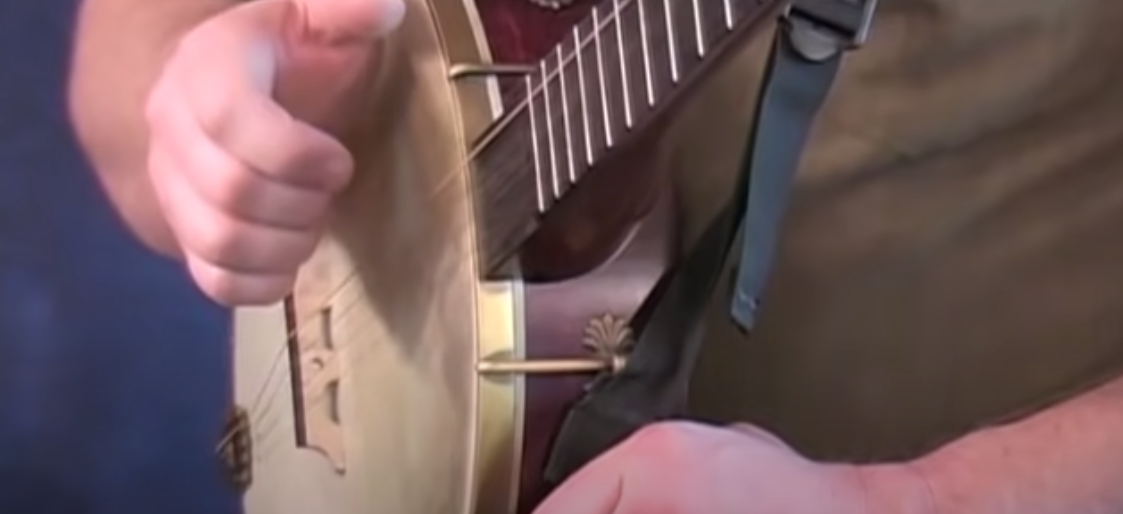
Is clawhammer or 3 fingers easier?
When it comes to choosing between the clawhammer and the three-finger style in banjo playing, there are a few more factors to consider. Personal preference and the desired musical genre still play a crucial role, but let’s delve deeper into the intricacies of each style.
The clawhammer style, known for its rhythmic ‘bum-ditty’ pattern, offers a straightforward approach that relies on a consistent rhythm and minimal finger movements. This simplicity can make it more accessible for beginners or those who prefer a more relaxed playing style. Moreover, the clawhammer technique produces a warm, percussive sound that is well-suited for traditional folk and old-time music.
On the other hand, the three-finger style, often associated with Bluegrass music, introduces a higher level of complexity. This technique involves intricate fingerpicking patterns that allow for a broader range of melodies and harmonies. While it may require more initial effort and practice, the three-finger style offers a dynamic and versatile sound that is favored by many Bluegrass enthusiasts.
Additionally, it’s important to note that the three-finger style requires the use of fingerpicks, which can affect the overall feel and sound of the banjo. Some players appreciate the added control and tonal possibilities that fingerpicks provide, while others may find it takes some time to get used to them.
While some may argue that one style is inherently easier or more challenging than the other, the truth is that both styles come with their own set of challenges and rewards. Your choice should ultimately be guided by the type of music you love, the specific sound you wish to create, and the amount of time and dedication you’re willing to invest in practice.
In the end, whether you choose to embrace the rhythmic simplicity of clawhammer or delve into the intricate world of three-finger picking, both styles promise a rich and rewarding musical journey. So explore, experiment, and let your banjo playing take you on a unique and fulfilling musical adventure!
Do you need nails to play clawhammer banjo?
While not strictly necessary, having longer nails can indeed facilitate playing the clawhammer banjo. The style involves striking the strings using the back of the nail, which can be more challenging if your nails are very short. Long nails provide a crisp, clear sound when striking the strings and allow for better control of the instrument. Additionally, they can enhance the overall playing experience by providing a greater range of dynamics and tonal possibilities.
However, if you are unable or prefer not to grow your nails, there are alternatives available. One option is to use finger picks, which are metal or plastic devices that fit over your fingers and simulate the effect of longer nails. They can provide a similar sound and feel as natural nails, allowing you to achieve the desired tone and projection while playing. Another alternative is to use a thimble or a banjo pick worn backwards, which can produce a distinct sound and offer a different playing experience.
Ultimately, it’s important to experiment and find what works best for you, as the most important aspect of playing the clawhammer banjo is comfort and being able to maintain the steady rhythm essential to this style. Whether you choose to grow your nails, use fingerpicks, or try other alternatives, the goal is to find a solution that allows you to express yourself musically and enjoy the unique sounds of this traditional banjo style.
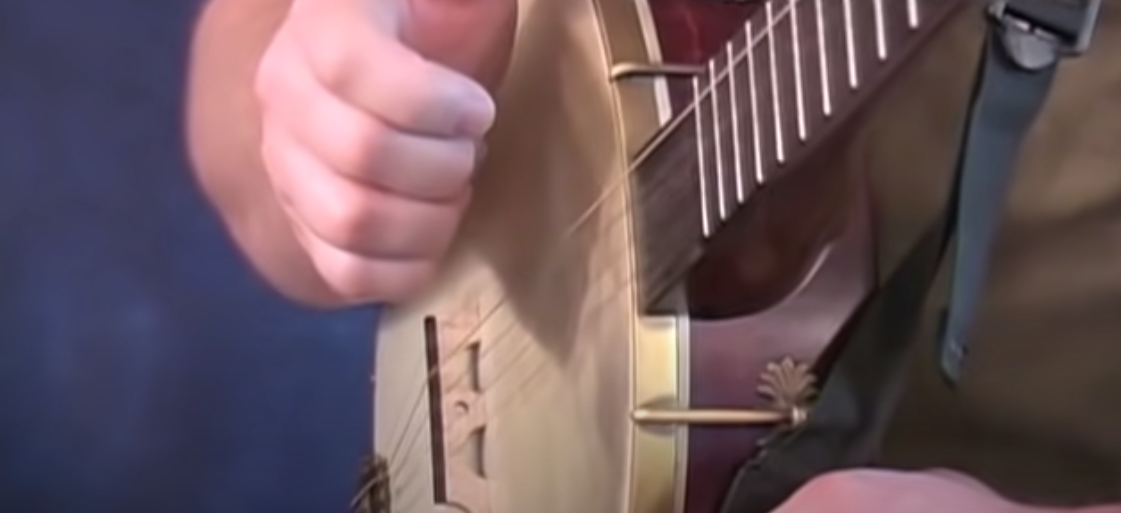
Can you play clawhammer on any banjo?
Yes, you can absolutely play the clawhammer style on any banjo! However, it’s important to note that the tone produced can vary depending on the type of banjo you use.
Open-back banjos are often favored for clawhammer playing due to their warmer and mellower sound. These qualities perfectly complement the old-time music that is typically associated with clawhammer style. On the other hand, resonator banjos, which are commonly used in bluegrass music, can also be used for clawhammer. However, they tend to produce a brighter and louder sound compared to open-back banjos.
Another factor to consider is the number of strings on a banjo, as it can affect the playing style and sound. While a 5-string banjo is the most common choice for clawhammer style, other types such as 4-string or 6-string banjos can also be used.
Ultimately, what truly matters for playing clawhammer is the player’s comfort, technique, and the sound they wish to produce. It’s all about finding the right balance that suits your personal preferences and playing style. Remember, practice and experimentation are key to discovering what works best for each individual player.
So, whether you choose an open-back banjo with its warm and mellow tones, or a resonator banjo with its bright and vibrant sound, the most important thing is to enjoy the journey of playing clawhammer and let your own unique style shine through!
Useful Video: Clawhammer Banjo For The Complete Beginner
Conclusion
Learning to play the clawhammer banjo is a deeply rewarding and enriching journey that opens doors to a vibrant and captivating musical tradition. With its distinctive rhythmic ‘bum-ditty’ pattern, this unique playing style allows you to create music that resonates with the timeless charm of old-time melodies.
Mastering the clawhammer technique requires patience, dedication, and consistent practice. However, the beauty of this approach lies in its adaptability to any type of banjo, offering a versatile platform to explore and express your musical preferences. Whether you prefer to play with long nails, fingerpicks, or even a banjo pick worn backwards, the key factor is finding your own comfort zone, ensuring a consistent rhythm that captures the essence of clawhammer.
It’s important to remember that there is no easy or hard style when it comes to playing the banjo—it all comes down to your unique musical inclinations and your unwavering dedication to practice. Whichever path you choose to embark upon, the banjo’s distinct sound guarantees a truly captivating and unforgettable musical experience. So, grab your banjo, embrace the journey, and let the strings carry you to new musical heights. Happy playing!
References:
- https://clawhammerbanjo.net/8steps/8-essential-steps-to-clawhammer-banjo-lesson-1/
- https://jofflowson.com/clawhammer/beginners/




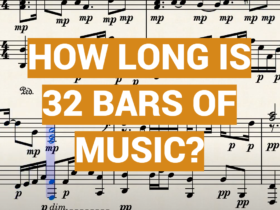
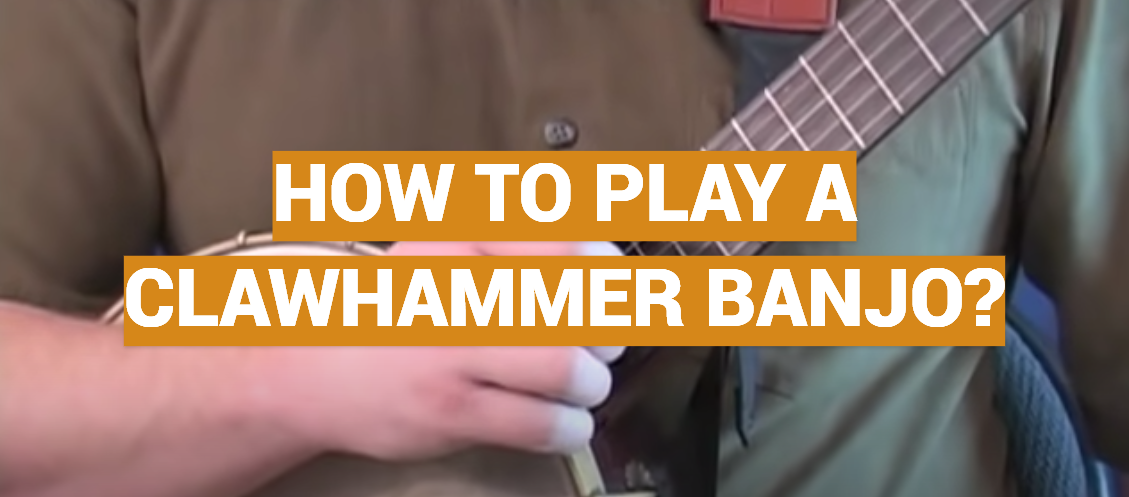

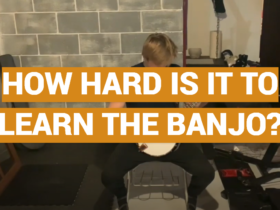

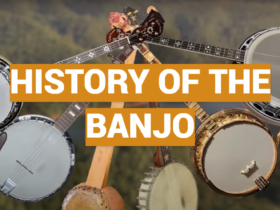
Leave a Reply